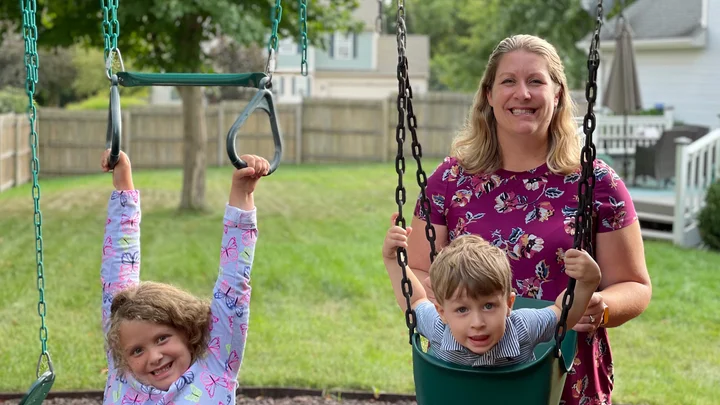
The big story: After delivering a one-two punch to Blaine Amendments, the nation’s highest court decided not to take aim at Michigan’s version.
Zoom in: This week, the U.S. Supreme Court declined a request to hear an appeal of a 2021 lawsuit brought by kindergarten mom Jill Hile and four other families in the Wolverine State who sued after they were prohibited from using funds saved through the Michigan Education Savings Program, a tax-exempt 529 plan, to help offset the cost of K-12 private school tuition. The court offered no comment when it announced the decision, taken up during a Sept. 30 private conference preceding its 2024-25 term. The refusal to hear the case lets stand a Sixth Circuit Court of Appeals decision affirming a lower court’s ruling that upheld the constitutional ban on private school support.
The issue: A string of recent U.S. Supreme Court rulings has struck down provisions in other state constitutions that bar direct state  funding of private and religious schools. Michigan takes things to another level by prohibiting state funds from supporting any non-public educational institution. This, according to the Sixth Circuit, includes indirect aid like tax-exempt funds saved through 529 plans. This makes Michigan’s Blaine Amendment, enacted in 1970, among the most restrictive in the nation.
funding of private and religious schools. Michigan takes things to another level by prohibiting state funds from supporting any non-public educational institution. This, according to the Sixth Circuit, includes indirect aid like tax-exempt funds saved through 529 plans. This makes Michigan’s Blaine Amendment, enacted in 1970, among the most restrictive in the nation.
Other states, including Kentucky, have restrictive versions of the Blaine amendment. The Bluegrass State provision has shot down laws establishing private school scholarship programs as well as charter schools. Kentucky voters are set to go to the polls next month to decide whether they want to rewrite part of the state constitution to let the state legislature allocate taxpayer dollars to these educational opportunities.
Yes, but: The Supreme Court’s refusal to hear this case could open the door for other states to use Michigan’s overly broad Blaine Amendment as a blueprint to hinder school choice. However, some legal experts doubt that will happen.
“Politically, that would be an uphill battle in most states with parental choice programs,” said Nicole Stelle Garnett, a law professor and director of the Notre Dame Education Law Project. “It won't stop opponents from trying, of course.”
What they’re saying: “Michigan families are desperate to have more options,” said Molly Macek, director of education policy at the Mackinac Center for Public Policy, which teamed up with a Michigan law firm to represent the families in the case. “A child’s educational success shouldn’t be determined by the family’s financial means or ZIP code. We will continue to keep fighting until every family has the ability to choose the best education for their children.”
Next steps: Burdensome rules make repealing Michigan’s Blaine amendment highly unlikely. A two-thirds majority of the state’s lawmakers would have to vote to remove it legislatively. Or supporters could try a ballot signature amendment that would require 446,197 signatures from registered voters to get the issue on the ballot. Another solution would be for Congress to pass a national education choice bill that would make Blaine amendments obsolete – or at least give families a way to bypass them.
Not a cure-all: Legal experts warned that landmark U.S. Supreme Court decisions that struck down bans on religious schools from participating in choice programs wouldn’t be a panacea. “Despite the Supreme Court's decisions in Espinoza and Carson, barriers to educational choice remain in a small handful of states with "’public/private’" Blaine Amendments,” said Michael Bindas, a senior attorney of the Institute for Justice who argued the Carson case before the high court. “Although it is unfortunate that the Supreme Court did not use Hile v. Michigan as an opportunity to address the federal unconstitutionality of such provisions, we are confident that the Court will eventually do so.”
Growing pains: Blaine amendments were primarily rooted in bigotry aimed at the increasing numbers of Catholic immigrants entering the United States during the 1800s. Other laws required all students to attend district schools, which at the time promoted Protestantism. A 100-year-old landmark Supreme Court ruling in Pierce v. Society of Sisters abolished forced public school enrollment and declared that parents had the right to direct the education of their children. Education choice opponents’ court challenges to education choice programs, and supporters’ challenges to Blaine amendments will no doubt continue as the nation’s transition to a new era of public education begins.